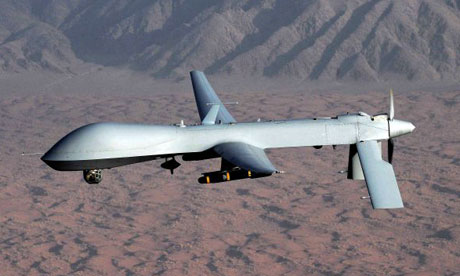The Apple iPad remains most people's favorite when it comes to tablets (and iPod Touches & iPhones).
The name-brand helps -- as well as the build-quality and great integration of hardware and software.
Adobe Flash remains unavailable on these Apple products, so in addition to the Apple tablets and iPods, here are some our other favorite tablets (particularly if you use websites that need flash).
Although not a full-fledged color-tablet, the Kindle remains one of our favorites. The "experimental" web browsing and
free 3G service makes the Kindle very valuable when you are on the road (especially if you do not have a smartphone to check your email).
This helps to save the cost of a cellphone data-plan (if you are a heavy-user of the internet, the Kindle browser may not be good enough for you, but for simple email and checking of news and sports scores, it works fine).
The less-expensive version of the Kindle does NOT offer the 3G service.
The Barnes & Noble Nook Color offers a beautiful 7-inch color display and it's browser will give most users the capabilities they need while they are on the road.
Although it doesn't offer free 3G service like the Kindle, it's browser is more functional -- and uses an Android-based operating system. The most recent upgrade to Android makes flash available to Nook Color users. Some folks use an SD upgrade to make the Nook function like a full-fledged tablet (with access to Android Market).
For just under $400, you can get a full-fledged tablet with flash capabilities from ASUS. The ASUS Eee Transformer offers a 10.1-inch screen and has great reviews.
